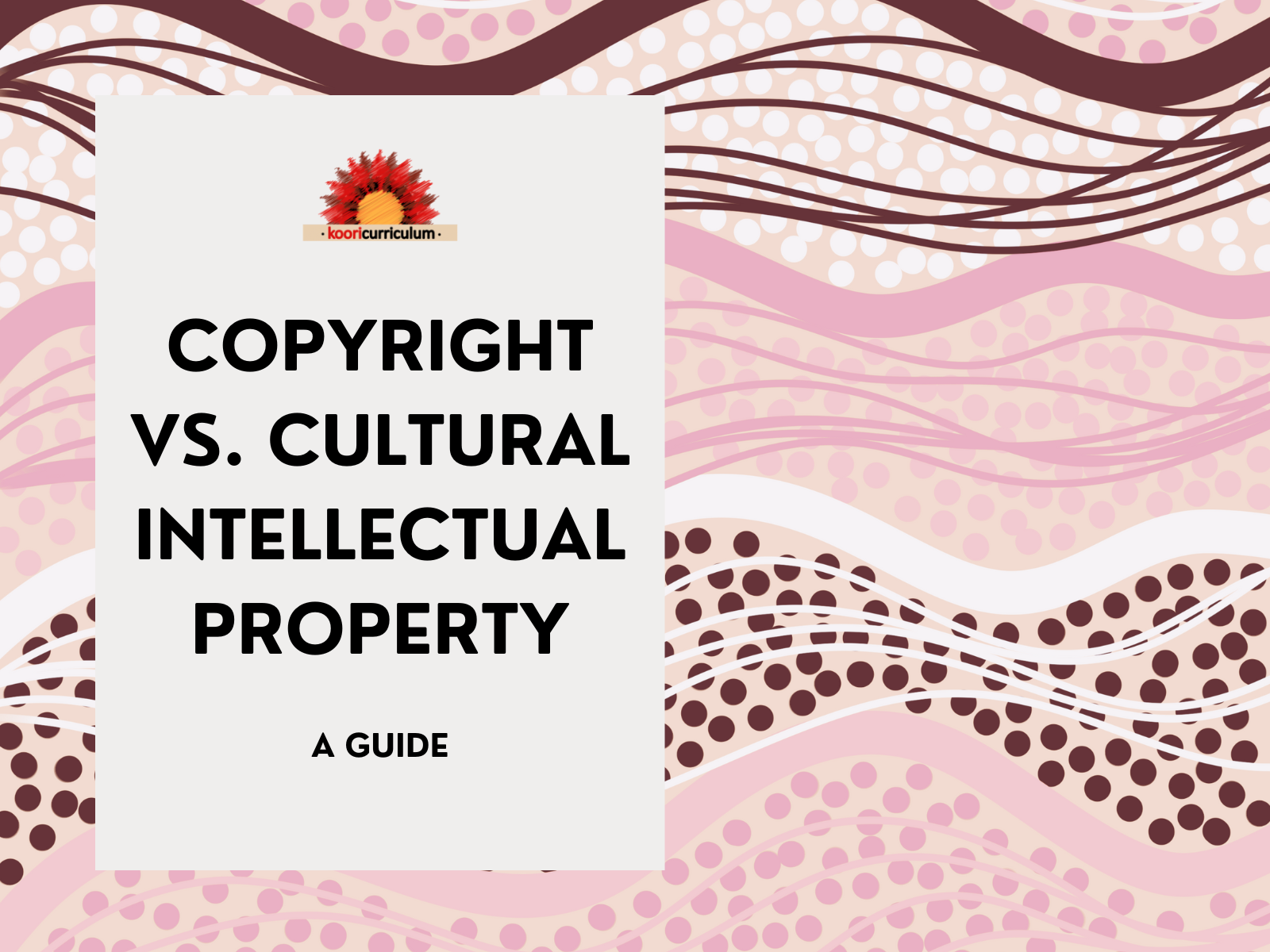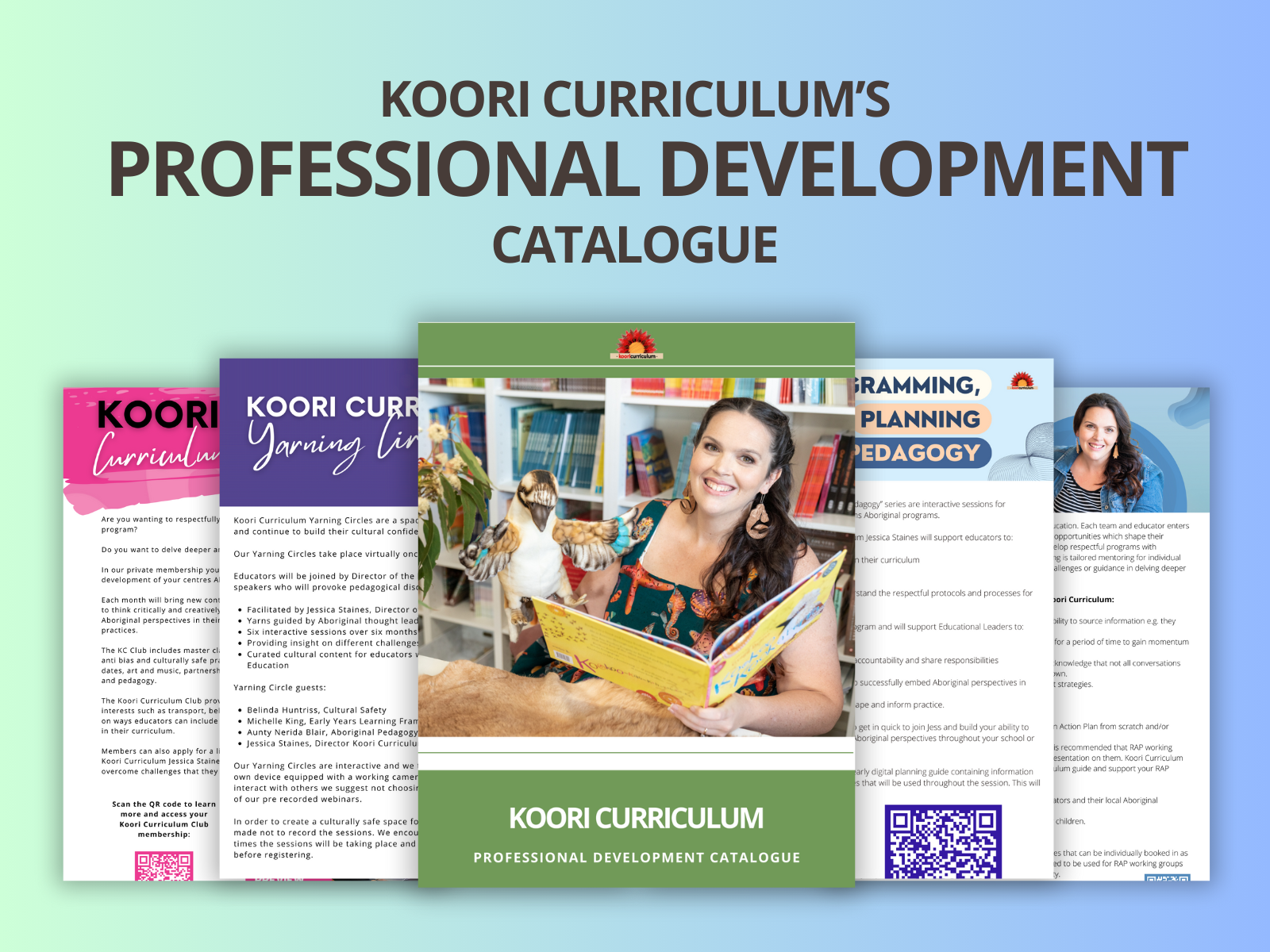
Copyright vs. Cultural Intellectual Property
Cultural intellectual property pertains to the rights of Indigenous and local communities over their traditions, knowledge, and cultural expressions. This includes things like dances, songs, ceremonies, symbols, and even traditional clothing patterns. It’s all about protecting and respecting the heritage and identity of these cultures.
What are the Key Differences:
Origin: Copyright is usually for individual creators, like artists or authors. Cultural intellectual property, however, is community-owned and passed down through generations.
Purpose: Copyright aims to protect economic interests and foster creativity. Cultural intellectual property is more about safeguarding cultural heritage and ensuring respect for communal identities.
Legal Framework: While copyright laws are well-defined globally, cultural intellectual property laws can vary and are often less formal.
Here are some tips you can follow that will help you navigate including cultural intellectual property in your pedagogy:
Use of Copyrighted Materials:
- Check if the materials you want to use (like texts and images) are copyrighted.
- Make sure you have permission to use them, especially for reproducing or sharing with students.
Engaging with Cultural Intellectual Property:
- Represent cultural elements accurately and with respect.
- Seek consent from the relevant communities before using traditional knowledge or cultural expressions in your lessons.
- Always give credit where it’s due.
Developing and Purchasing Resources:
- When creating or buying resources, ensure they don't infringe on copyright or misuse cultural intellectual property.
- Verify that your vendors are respectful of cultural properties and comply with intellectual property laws.
- Utilise online databases like Supply Nation, the Aboriginal Art Association of Australia and the Indigenous Art Code
Lesson Planning:
- Incorporate Indigenous perspectives in a way that’s natural and continuous, not just during special weeks or events.
- Involve Indigenous experts or community members in the planning and delivery of your lessons.
Community Engagement:
- Build relationships with local Indigenous communities to ensure your teachings are accurate and respectful.
- Use these relationships to enhance the learning experiences for your students.
- If you need help with building community connections attend training like the Koori Curriculum live webinar 'Building Community Connections'.
Continuous Learning:
- Educate yourself and your team about cultural intellectual property and copyright.
- Take advantage of available webinars, live webinars, memberships, in-person training and resources to stay informed.
Remember, respecting copyright and cultural intellectual property isn't just about following the rules—it’s about doing the right thing and honoring the creators and communities behind these works.
This approach not only enriches your teaching but also fosters a respectful and inclusive environment for all students.



